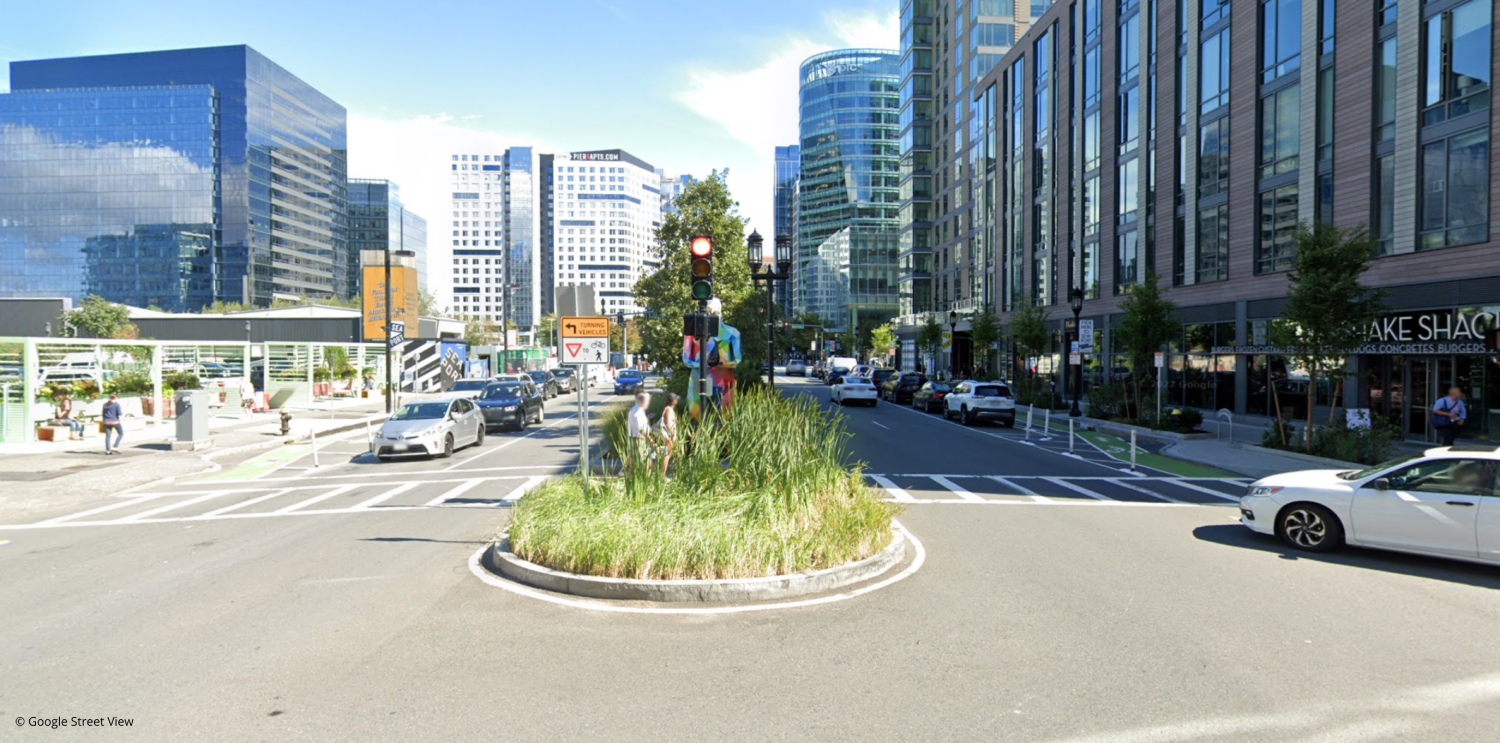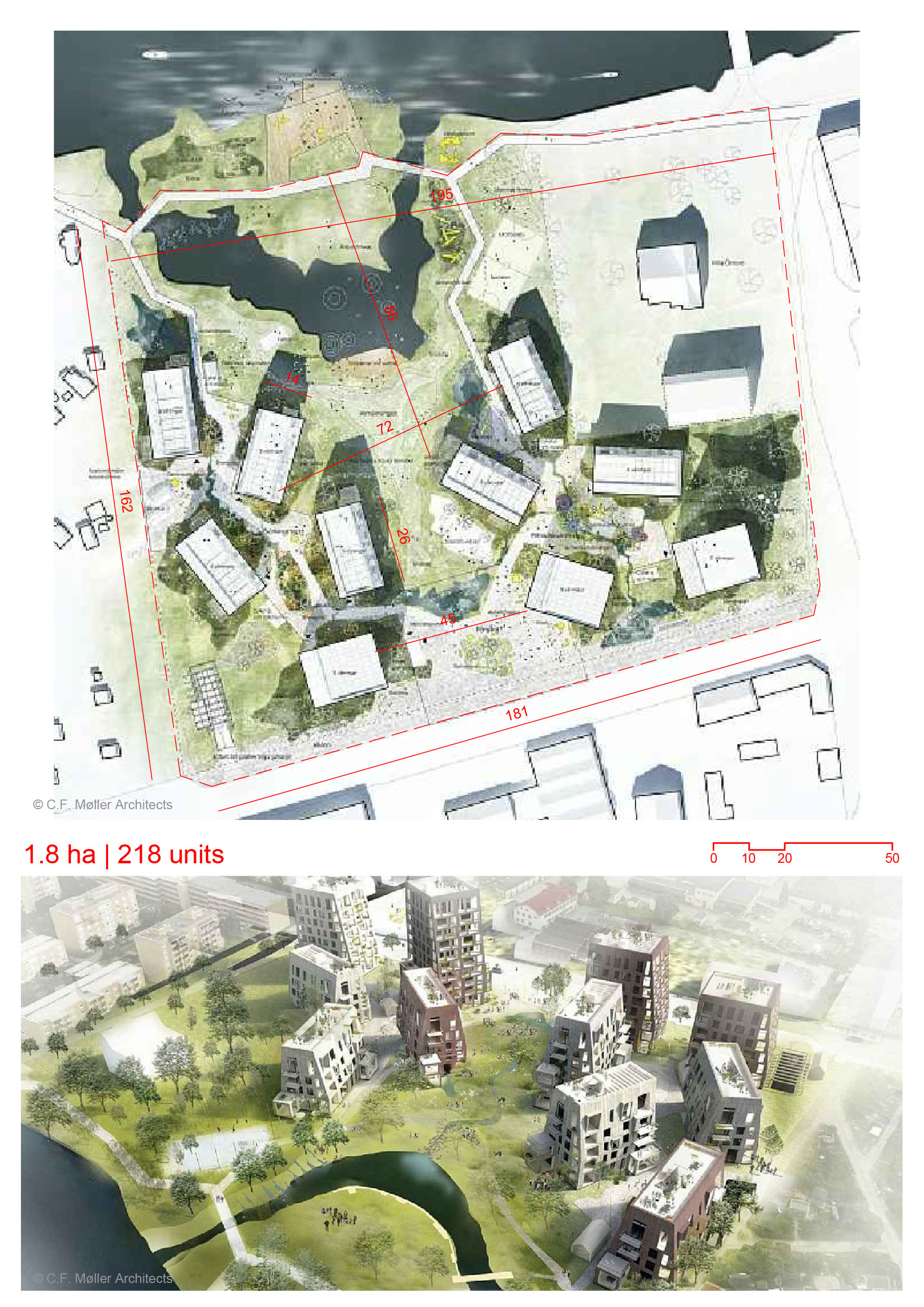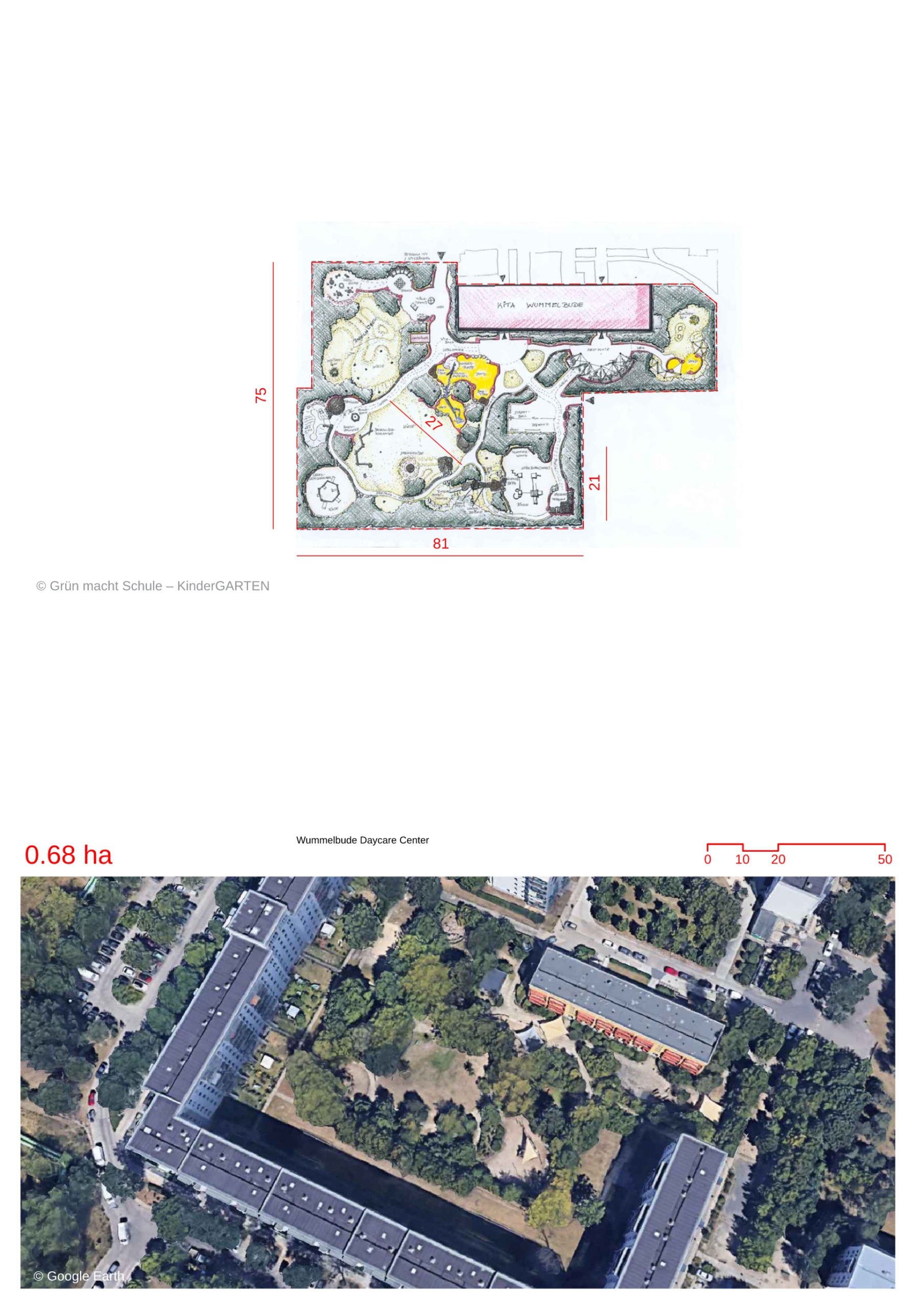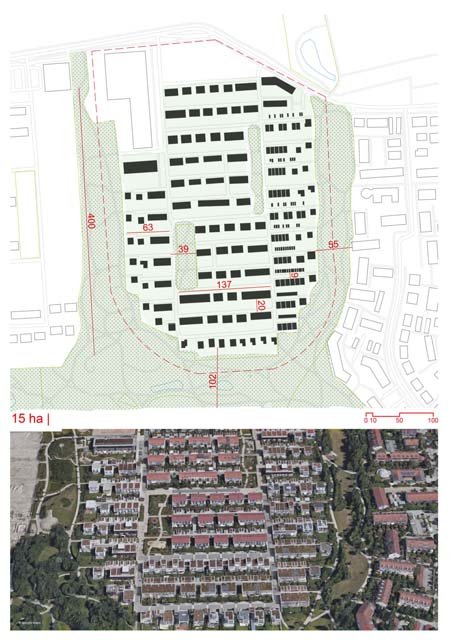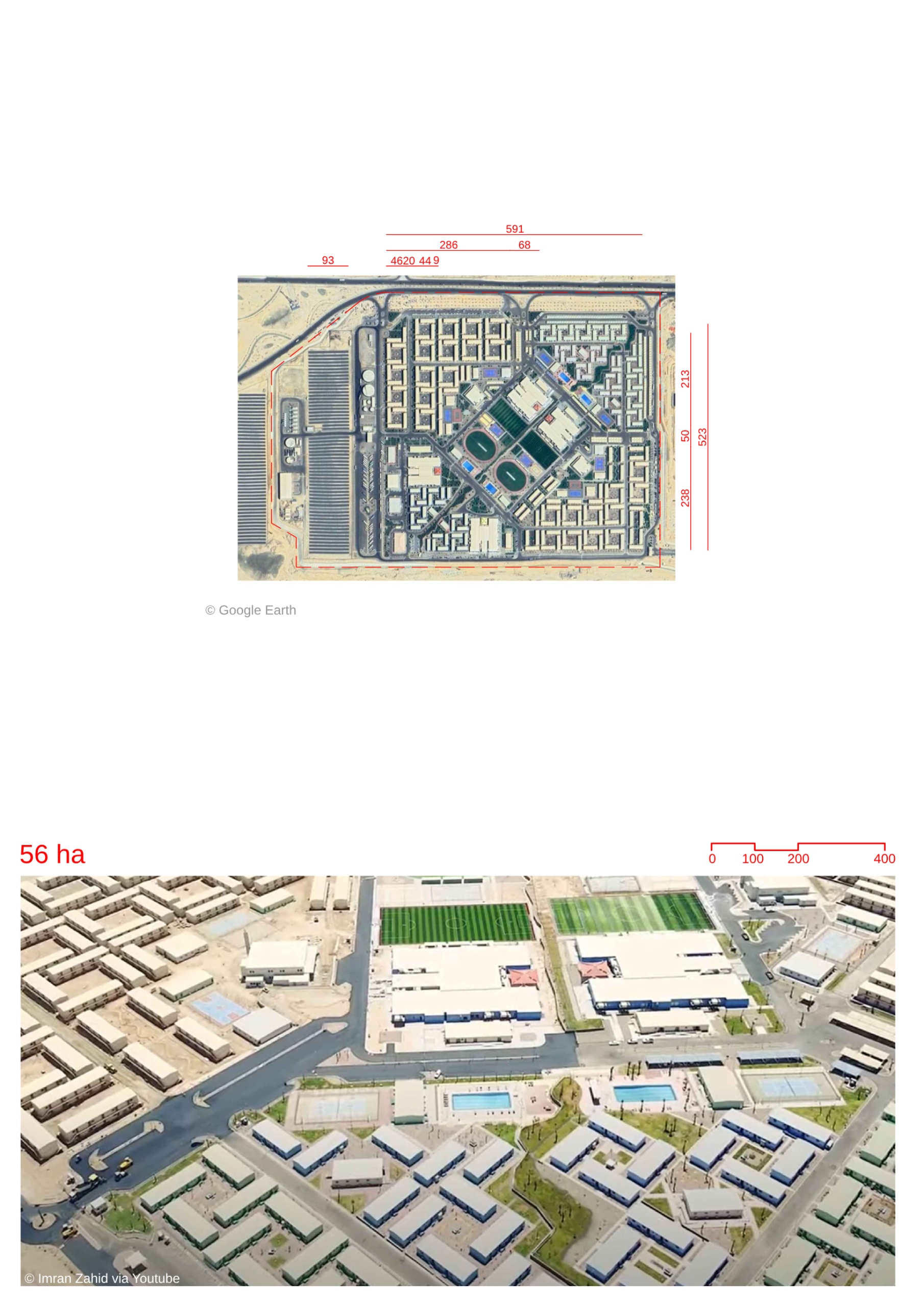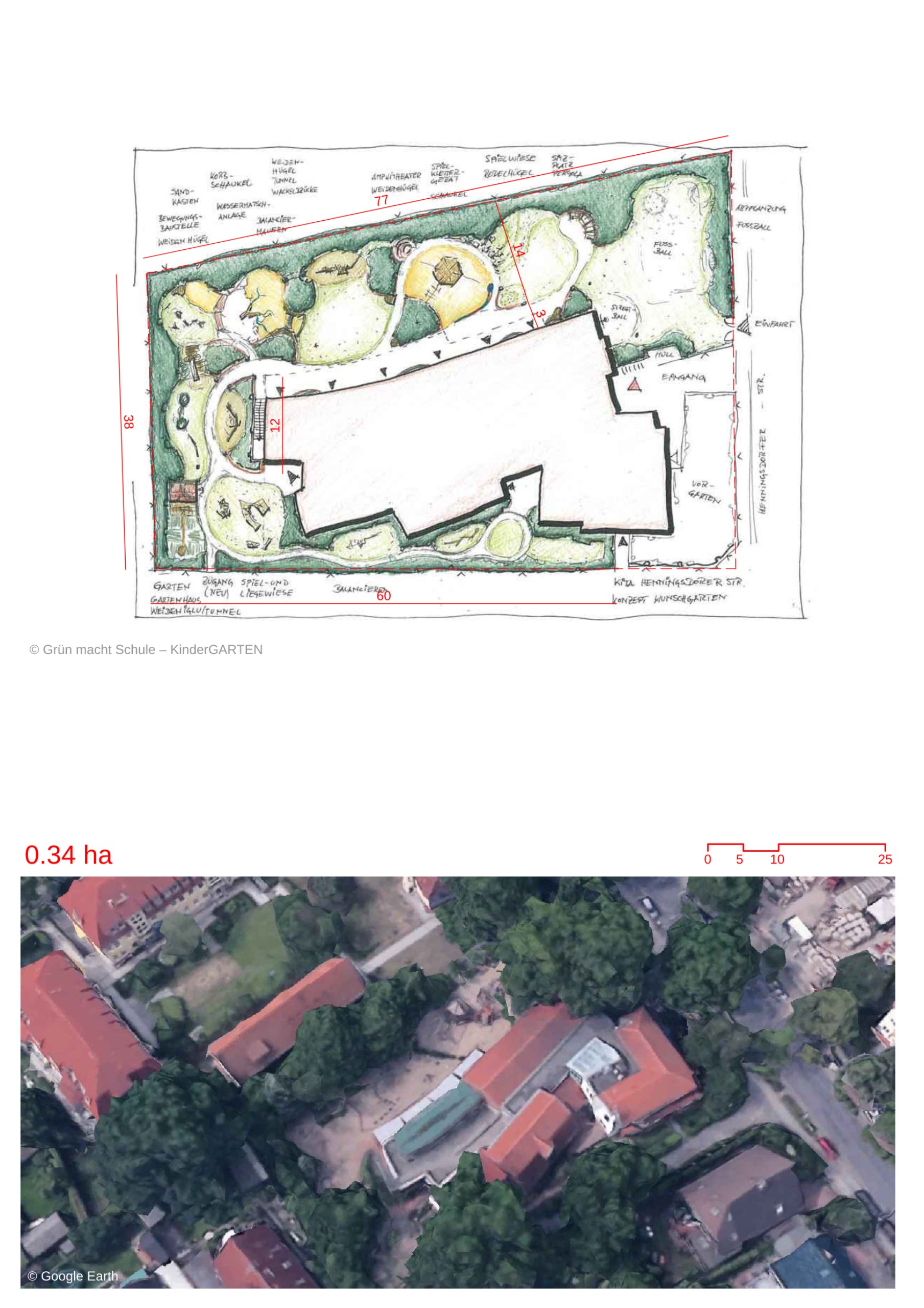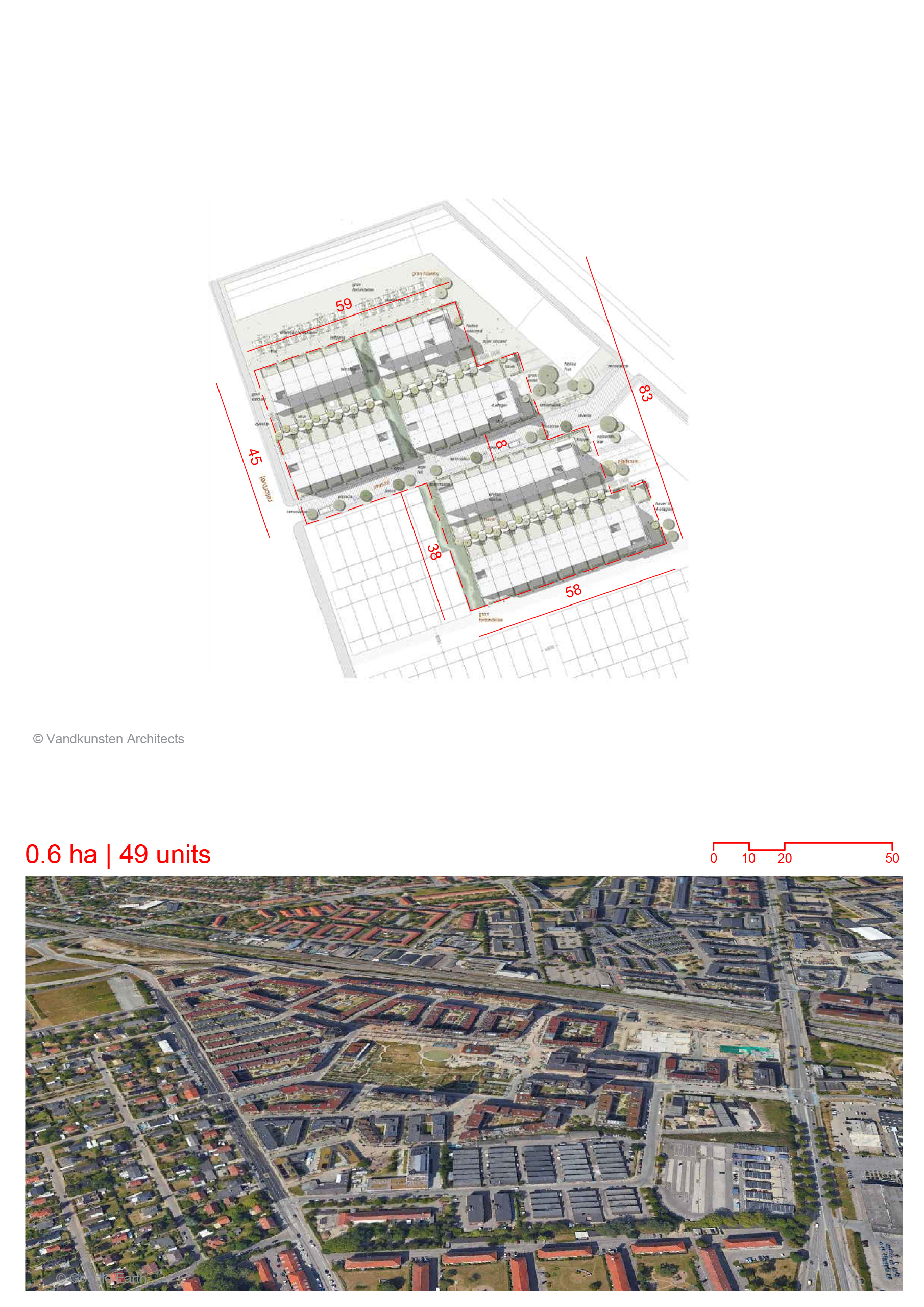
-It is a hub of innovation and entrepreneurship, designed as a mixed-use neighbourhood. -The site was formerly used only for port trade and industrial activities. After these activities decline it was used as an open parking lot before its transformation. -A portion of the site has been designed as Maritime Industrial Park while the majority of the site hosts residential, corporate buildings and incubators. -The public spaces aim to create collaborative venues for innovation and enhance access to the waterfront. Land Use -The district would have co-working spaces, entrepreneurial hubs and incubators for start-ups and companies. District Hall is one of the first buildings to be built. It is a public innovation centre. -Civic amenities like the large convention centre as well as F&B create a vibrant and attractive area for employees and visitors. -In order to create a 24/7 neighbourhood, substantial amount of housing is being introduced. Different housing types and densities will be created including live-work spaces. -40% of the area is being planned as residential area. -Diverse residential and office programs would be located near transit stops. -Raymond L Flynn Marine Park is a maritime industrial park located within the district. It undertakes vital manufacturing and other industrial activities in the region. Urban Structure -The building height would be lowest near the water’s edge and gradually rise as one moves inland. This follows the local character of low-rise waterfront city transitioning into a high-rise business district. -Building height in the district would be maintained so as to not overpower the neighbouring buildings in the Downtown. The Downtown is Boston’s primary business district. -The large industrial scale urban blocks are being made into small scale irregular blocks. There would be a flexible parcelling system. -The streets would acquire a fine-grained grid pattern. The fine-grained nature would allow for amenities and facilities at street level. -Three main streets running in the East-West direction would act as corridors. They would have retail, commercial, civic functions. Each would have a unique character. They would have different Right-of way dimensions and would be lined with pedestrian sidewalks and promenades. - The North-South streets would be designed as smaller scaled neighbourhood streets. They would connect the inland residential areas with the waterfront. They would terminate at a public space along the water’s edge. Mobility -The E-W and N-S roads form the main roads running through the district. They also feature pedestrian ways. -The Harborwalk is an important pedestrian route running along water’s edge. -The water transportation network is also being developed in the form of ferries. -Linkages would be created between the land and water transport networks. Public transport stops would be located near water transit stops. -A system of secondary streets would be developed within the blocks to improve connectivity. Creation of Public Spaces -The Harborwalk is a promenade running along the water edge. It is a lively public space with lighting, landscaping, fishing piers, observation decks and other public facilities. -The open spaces in the district would be designed as sequential small-scale areas. -The water is extended inland through the creation of linear parks, pedestrian ways and view corridors. -The facades of buildings would have pedestrian scaled treatment for storefronts. Ground floors would be visually permeable. -Consistent cornice lines would be maintained through building heights in public spaces. -On account of the constant tropical storms occurring in Boston, provision for covered pedestrian ways and enclosed public corridors within buildings are provided. They would also act as through-block connections. -New buildings would be designed to cut harsh winter winds. These areas would be well-planted. They would act as active public space alternatives to the waterfront during winter months. -In open areas, trees would be planted as barriers for harsh winter winds in the area. Living Lab -The district would provide opportunities for creatives an start-up to develop new technologies through its incubating and co-working facilities. -Smart technologies would be used to implement clean energy systems, transport and enhance citizen engagement.
